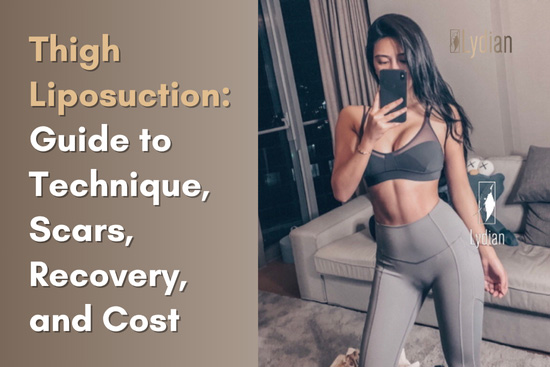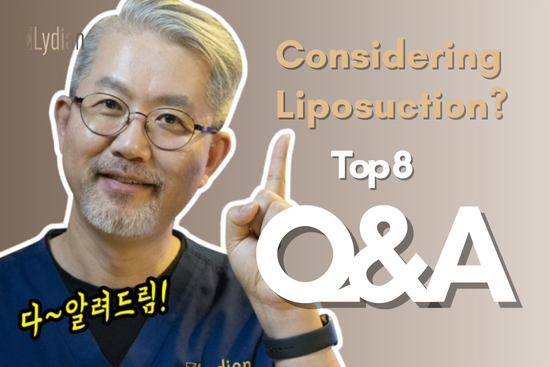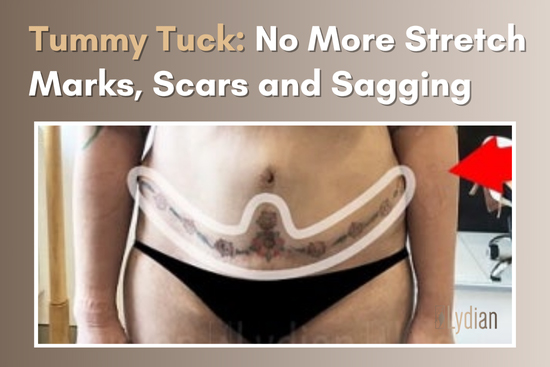
Welcome to Lydian Clinic. If pregnancy, weight fluctuations, or aging have left you with stretched, sagging abdominal skin and stubborn stretch marks, a tummy tuck can offer improvement that liposuction or lasers alone cannot. For our international patients, this guide explains how abdominoplasty works, where scars are placed, and how we plan care around travel.
Contents
No-Scar Advertising vs. Realistic Expectations
A true tummy tuck requires incisions—so it always involves scars. If you see “scarless” claims, they almost certainly refer to liposuction or non-surgical treatments. For meaningful tightening and stretch-mark removal, the priorities are:
- Place incisions where they’re easy to hide
- Close them meticulously to reduce widening
- Secure the lower scar to prevent upward migration during healing
The Lower-Abdominal Scar: Designed to Stay in the Underwear Line
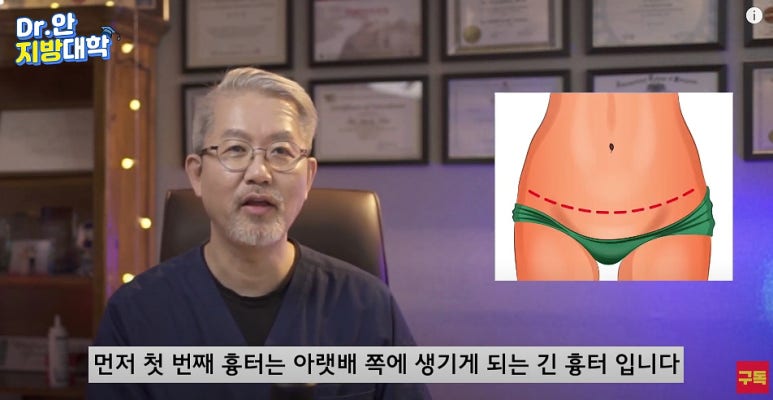
One of the main scars runs low across the abdomen, typically just above the pubic hairline. In many countries this is called a “panty-line” tummy tuck because the scar is positioned to remain inside the underwear or swimwear line.
- Why placement matters: If this scar rides higher than intended, it can become visible above underwear and may require revision. Precise placement is therefore critical.
- Length of scar: Tummy tuck scars are generally longer than C-section scars. Patients who already have a C-section scar are often less concerned about length once they understand the concealment strategy.
After surgery, we anchor the lower incision to minimize upward pull as you move and heal—this is more important than simply preventing widening.
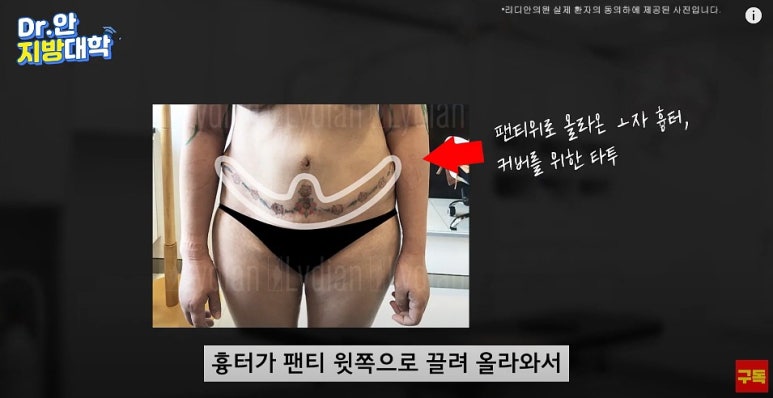
This photo shows a patient who visited Lydian Clinic for revision after a procedure performed elsewhere. In some cases, the scar can ride up above the panty line and require correction, which underscores how critical precise lower-scar placement is.
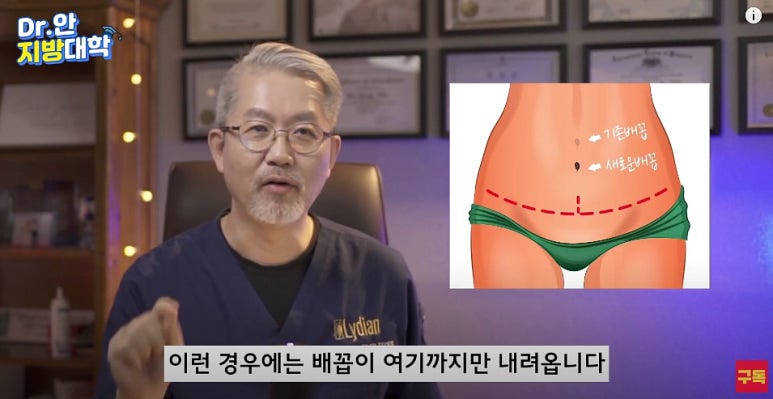
Even a mini tummy tuck can influence the navel, particularly in patients whose umbilical stalk has stretched with weight changes or pregnancy.
In a standard tummy tuck, the navel is first released from the overlying skin, the upper skin is pulled down, and then a new opening is created to bring the navel back through. The quality of the umbilical scar is crucial—often even more so than the lower incision—because it can’t be covered by underwear. If a hypertrophic or keloid scar forms, the opening can contract and look very small, so surgeons’ techniques and experience here make a notable difference.
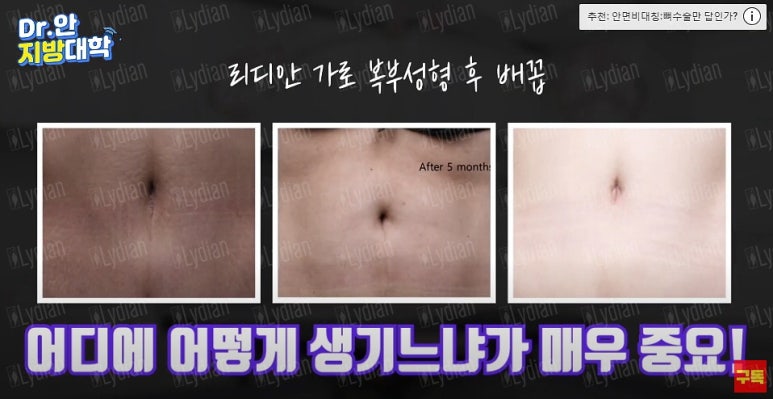
Scars are the most important consideration in abdominoplasty—where they are placed and how they heal. Many people hesitate because of the length of the incision, yet persistent belly fat, stretch marks, and loose skin that don’t improve with diet, exercise, or lasers typically require surgical correction. A tummy tuck addresses these concerns, helping restore a flatter, firmer contour.
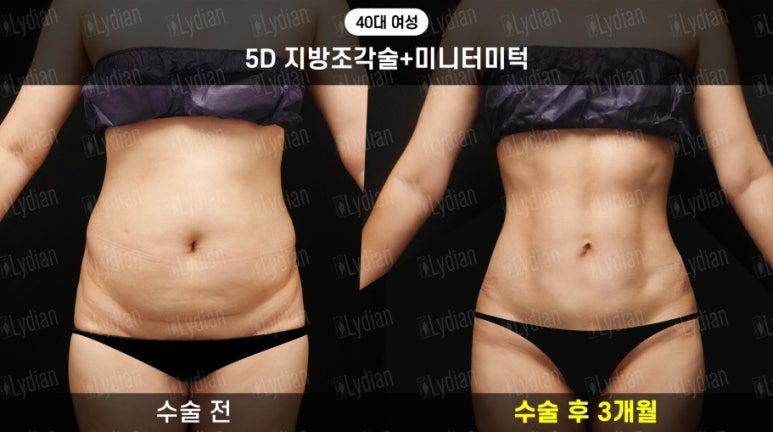
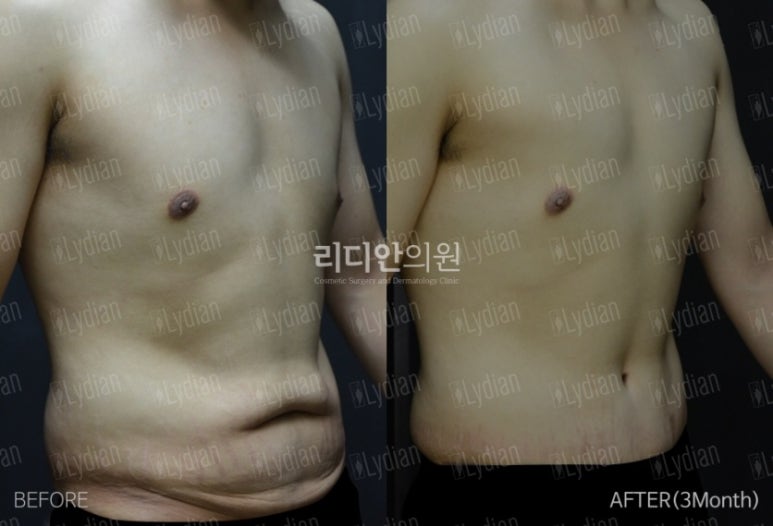
Scars are inevitable, but the real question is whether they can be hidden so you can wear what you like and feel confident again. For many who have long struggled with stretch marks and skin laxity, abdominoplasty becomes one of the most satisfying procedures after consulting with Lydian Clinic—its results are not comparable to liposuction alone.
- What can happen: When lower skin is removed and pulled downward, the navel can be tugged into a “sad” or low position.
- Our approach: Minor umbilicoplasty (belly button refinement) can restore natural position and shape. Because the belly button cannot be hidden by underwear, its scar quality often matters as much as the lower incision.
Mini vs Full (Standard) Tummy Tuck
- Mini Abdominoplasty: Targets excess skin limited to the lower abdomen with a shorter scar kept within the underwear line. Suitable for mild laxity.
- Full (Standard) Abdominoplasty: Addresses more significant laxity and stretch marks across the abdomen. The navel is released from overlying skin, upper skin is advanced downward, and a new opening is created to bring the navel through.
Sometimes a short vertical component in the midline is used if the upper skin does not mobilize enough to achieve a perfectly horizontal line. While a horizontal scar may look neater, keeping incisions hidden below the panty line is the higher priority. Over-tightening to force a purely horizontal scar can create an unnatural result.
Full (Standard) vs Horizontal Full Abdominoplasty
There are two main full (standard) approaches:
- Standard Tummy Tuck: The widely performed technique involving navel release and redraping.
- Horizontal Full Abdominoplasty: Less commonly known in Korea; at Lydian Clinic we refer to our approach as the “Lydian Horizontal Abdominoplasty.” We will share more on this method in a dedicated post.
In all approaches, surgeon expertise and technique significantly influence the quality of both the lower and umbilical scars.
During a tummy tuck, the abdominal skin is advanced downward toward the pubic area; the looser the upper abdominal skin, the more easily it can be brought down. If the upper skin doesn’t mobilize well, a short vertical component may remain in the center instead of a purely horizontal line. While a perfectly horizontal scar can look neater, keeping the incision below the panty line is more important. Forcing additional stretch just to avoid any vertical component can over-tighten the skin and create an unnatural look.
After surgery, the lower scar should be securely anchored so it doesn’t migrate upward. Preventing upward pull is even more critical than avoiding widening.There are two types of full (standard) abdominoplasty. The first is the commonly performed standard tummy tuck. The other is a horizontal full abdominoplasty, which is not yet widely known in Korea. At Lydian Clinic, we call it the “Lydian Horizontal Abdominoplasty,” and we’ll cover this method in detail next time.
Today we focused on scars in abdominoplasty. Rather than asking whether scars will exist, consider how discreet they can be—and whether you’re ready to end the battle with stretch marks and sagging skin.
Note: This article was translated and published from the original with consent from the author.
Consult With Us
Consulting with Lydian Plastic Surgery is fast and simple. After you fill out the consultation form below, one of our patient team members will reach out to you via email. With all of the necessary details, Dr. An will review your specific case and provide a detailed recommention. Our initial online consultation is free of charge.


